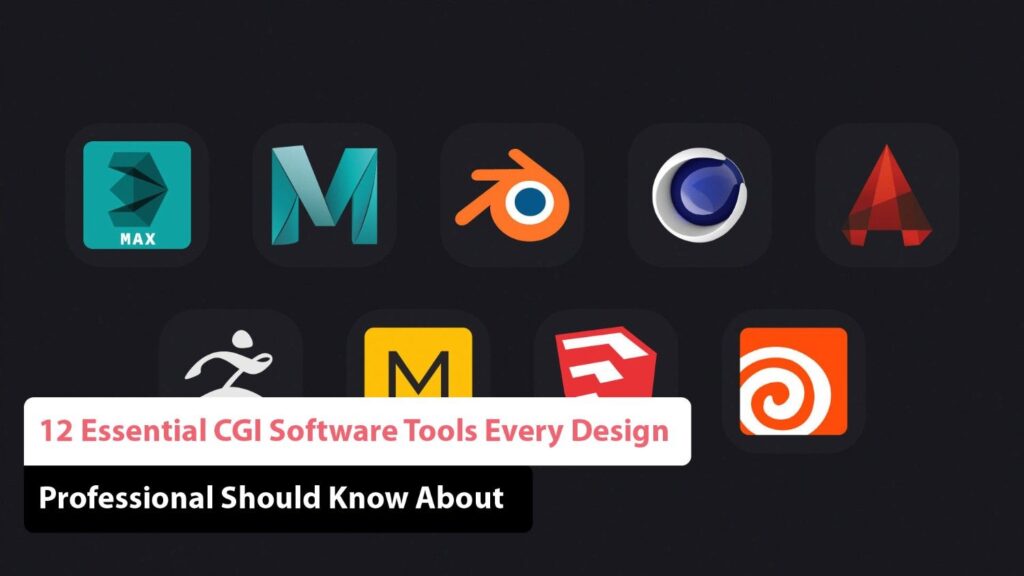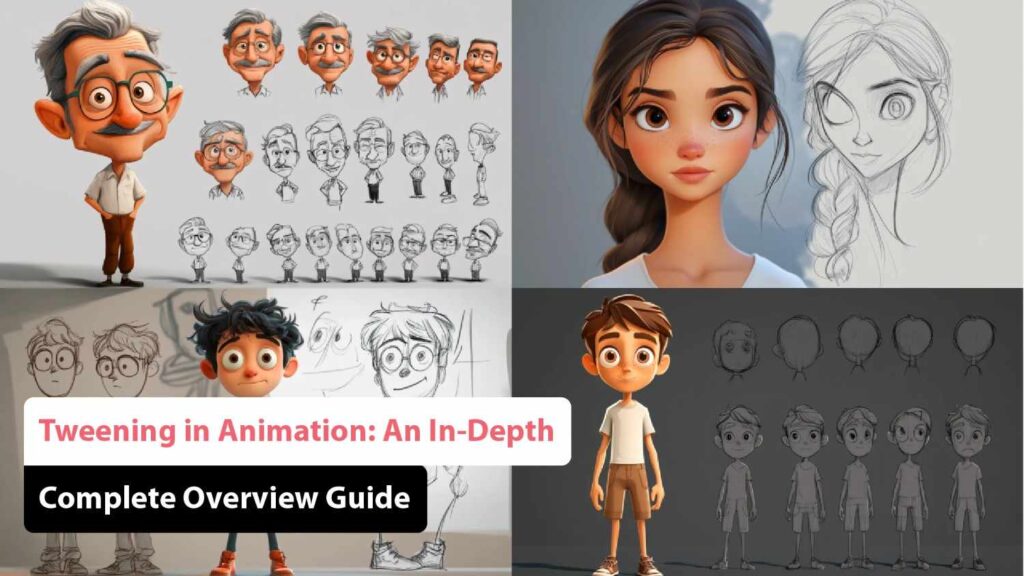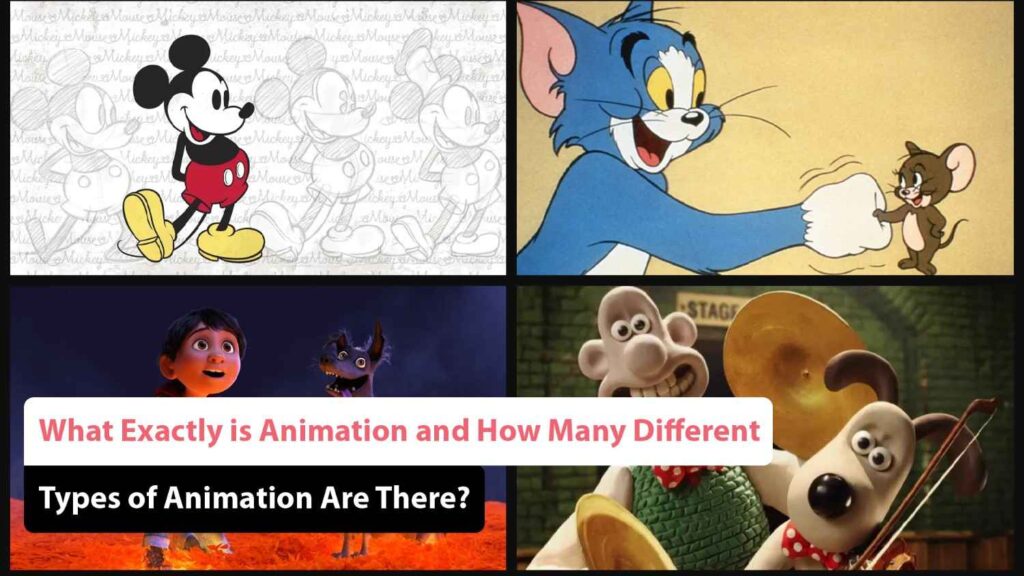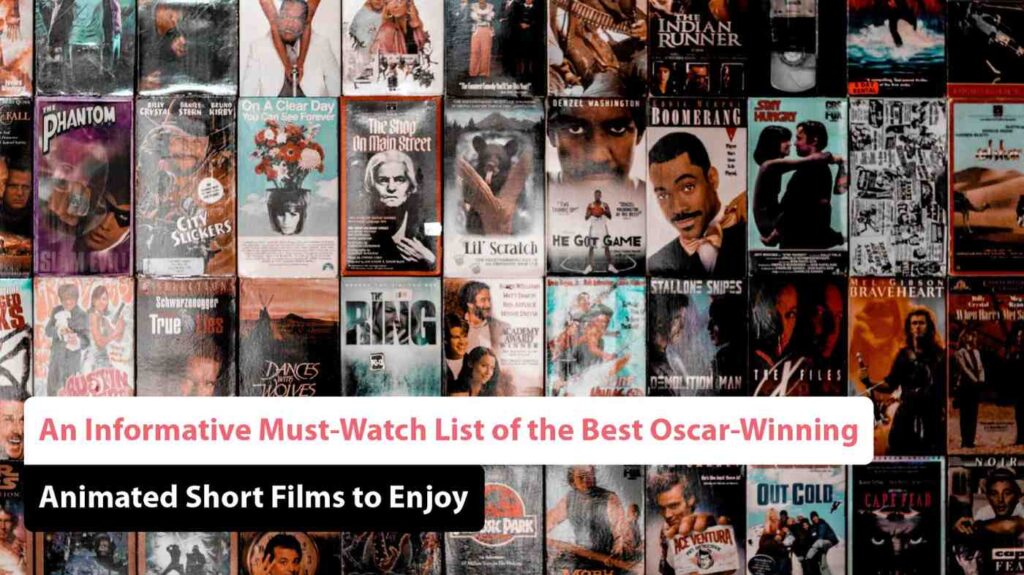12 Top CGI Software Tools for Professional Designers and Creators in 2025
Visual effects (VFX) have both seen incredible advancements, and the rise of CGI (Computer Generated Imagery) stands at the forefront of this transformation. As technology evolves, CGI has redefined design and entertainment, delivering effects, animations, and blockbuster experiences. Despite its nature, CGI has faced significant scrutiny in recent times, making it essential to understand what exactly CGI truly entails. CGI refers to the use of computer graphics in various forms of media and art. This can include movies, video games, TV shows, or any 2D and 3D animations, objects, or renderings. Whether it’s enhancing characters and environments or animating entire scenes, CGI plays a crucial role in modern visual storytelling. From subtle enhancements to dramatic effects, CGI has become the go-to visual tool for major films in recent years. Its ability to bring imagination to life has revolutionized creative processes across industries. If you’re a design professional to leverage the power of CGI, you’re in the right place. This article will explore the top 12 CGI software options to help you create stunning visuals and set yourself apart from the competition. Let’s explore these tools and take your creative projects to new heights. What is CGI Software Computer Generated Imagery (CGI) encompasses the use of computer graphics to produce visual effects, animations, and images across a wide range of mediums, including film, video games, architecture, advertising, and beyond. CGI software empowers artists, designers, and professionals to create high-quality digital visuals and animations. With the capabilities of computers, these tools simplify and enhance the creative process, enabling users to bring their imaginative ideas to life with greater efficiency and precision. With advanced features such as realistic rendering, texture mapping, and character animation, CGI software opens up endless creative possibilities. Whether you’re a seasoned professional or just starting, these tools provide the flexibility and power to take your projects to new heights. the future of visual storytelling and let your creativity flourish with cutting-edge CGI software. Examples Of CGI In Movies Throughout cinema’s history, CGI has transformed film-making, from improving single scenes to creating entire films. It empowers filmmakers to bring imaginative worlds to life, pushing the boundaries of what’s possible on screen. 1. The Young Sherlock Holmes: One of the first notable uses of CGI occurred in the 1985 film The Young Sherlock Holmes, which introduced the stained-glass knight the first character ever created using CGI software. Though the character appeared on screen for only a short time, its creation took six months and represented a major milestone in the integration of CGI technology into live-action films. This achievement set the stage for more complex CGI creations in future films, opening the door to the visual effects we see today. The stained-glass knight remains a symbol of early innovation in digital filmmaking. Its success proved that CGI could enhance storytelling in ways previously thought impossible. Image Source: The Young Sherlock Holmes 2. Jurassic Park: A defining moment for CGI came with the release of Jurassic Park (1993). Although the film incorporated animatronics, it was the revolutionary CGI that brought the dinosaurs to life, showcasing techniques that still impress audiences today. The success of Jurassic Park proved CGI’s ability to create realistic and captivating effects that surpassed the limitations of traditional methods, forever changing the landscape of visual storytelling. This breakthrough opened the door to a new era in film, where CGI could seamlessly blend with live-action to create immersive worlds. The film’s visuals set a new standard for visual effects, influencing countless films that followed. It solidified CGI as a powerful tool in the hands of filmmakers. Image Source: Jurassic Park 3. Avatar: Another defining film in the evolution of CGI was Avatar (2009). By blending live-action with motion-capture technology, Avatar set new standards for visual effects. With a production cost of $425 million, it became the most expensive film ever made at the time, demonstrating the immense scale and ambition achievable through advanced CGI. The film’s visuals transported audiences to the lush world of Pandora, showcasing the incredible potential of CGI to create fully realized, immersive environments. Avatar revolutionized the way filmmakers approached visual storytelling, pushing the boundaries of what CGI could accomplish. Its success has had a lasting impact on the use of motion capture and CGI in modern cinema. Image Source: Avatar 4. Toy Story: The 1995 release of Toy Story marked the first-ever full-length computer-generated film. As Pixar’s debut feature, Toy Story ran for 80 minutes, far surpassing the length of any previous CGI work, and set a new benchmark for animated films. Its success opened the door for future CGI-driven productions, proving that computer-generated films could captivate audiences and stand alongside traditional animation and live-action movies as a powerful storytelling medium. Toy Story also demonstrated the potential of CGI to bring imaginative worlds and characters to life with remarkable detail. Its innovative use of technology laid the foundation for the modern era of CGI animation, inspiring countless filmmakers and animators. The film’s achievement continues to influence the animation industry today. Image Source: Toy Story Top 12 Trending CGI Software Tools of 2025 Here are the 12 must-know CGI software tools you shouldn’t miss. These essential programs will create your creative projects and help you stay ahead in the ever-evolving digital design world. Discover the tools that can transform your visions into stunning realities. 1. Adobe After Effects: Create Visual Masterpieces Adobe After Effects, a key component of the esteemed Adobe Creative Cloud, is a powerhouse for designers aiming to create extraordinary visuals. Whether you’re animating characters, incorporating dynamic effects like rain or fire, or delving into 3D space, Adobe After Effects offers a wealth of impressive features. Its versatile tools for visual effects and motion graphics make it easy to bring your creative ideas to life. From character animation and smooth transitions to engaging movie titles and intros, this software enhances the quality of any animation project. With its robust community support and frequent updates, After Effects remains a top choice for professionals. Source: Techradar






